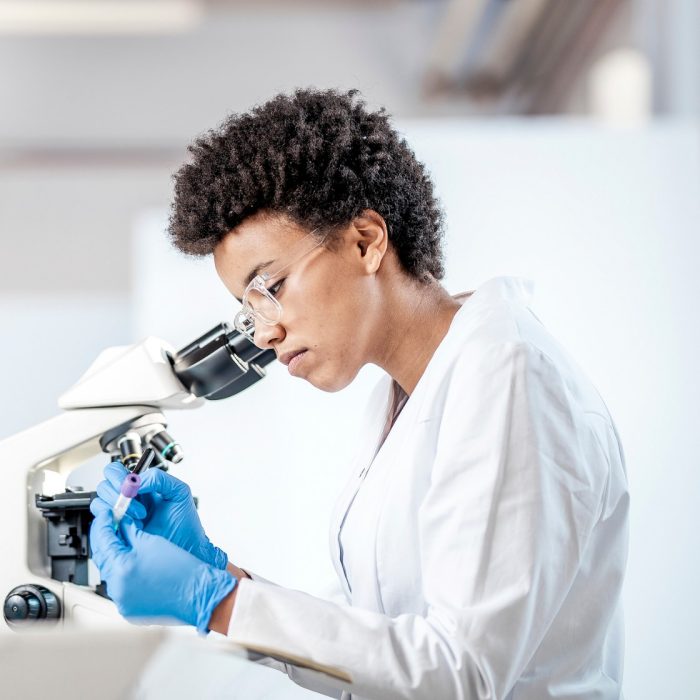What we do

Sitting at the intersection of technology and human biology, Biomedical Engineering applies the latest developments in computing, robotics and nanotechnology to medicine. A Biomedical Engineer analyses and designs solutions to problems in biology and medicine to improve patients' lives. It’s a role which combines a strong aptitude for engineering, an inventive nature and passion for working in healthcare.
Biomedical Engineers are fascinated by human anatomy and love problem-solving. They could invent a new diagnostic device such as a Bluetooth ECG that feeds information back to a patient’s smartphone or a new prosthetic arm controlled by brainwaves, which are read through a hat worn by the patient.
Biomedical Engineering careers
Biomedical Engineers can work in hospitals helping technical staff, as part of an institute’s research team or for organisations who design and manufacture medical devices. Some of the career options include working as a Biomaterials Engineer, Tissue Engineer, Medical Device Technician or Rehabilitation Engineer.
Biomedical Engineering innovations
Biomedical Engineers are responsible for many of the world’s life-changing innovations. It's a diverse field, which can include the development of a new hip or knee joints or a revolutionary drug which uses nanomaterials.
Berkeley Bionics eLEGS
Released in 2010, eLEGS is a wearable, artificially intelligent Bionic Exoskeleton that enables people with paraplegia to walk. The innovation changed the lives of people with paraplegia and those suffering mobility disorders, allowing them to stand and walk upright with little physical exertion.
Camera Pill
The Camera Pill was developed in 2008 as an alternative to the Endoscope for detecting early-stage esophageal and other digestive tract cancers. The pill, which is small enough to be swallowed, takes high-quality colour images as it travels along the digestive tract. Patients do not need anesthesia and sedation because of the pill’s small size.
iLIMB Bionic Hand
An innovation in Prosthetics, the iLIMB Bionic Hand was invented by David Gow in 2007. It was the world’s first artificial hand with five individually powered fingers and meant the user could grip many different shaped objects.
AbioCor Artificial Heart
In 2001, a group of US surgeons implanted the first fully implantable artificial heart in a patient. The AbiCor unit is completely self-contained in the body so a patient can be mobile. Previous artificial hearts were cumbersome as the patient was bedridden and constantly connected to a huge console.
Bio-Artificial Liver
Dr Kenneth Matsumura developed a new approach in creating an Artificial Liver. He used liver cells collected from animals rather than relying solely on a complex machine to carry out the liver’s functions. It was named Time magazine’s Invention of the Year in 2001.
